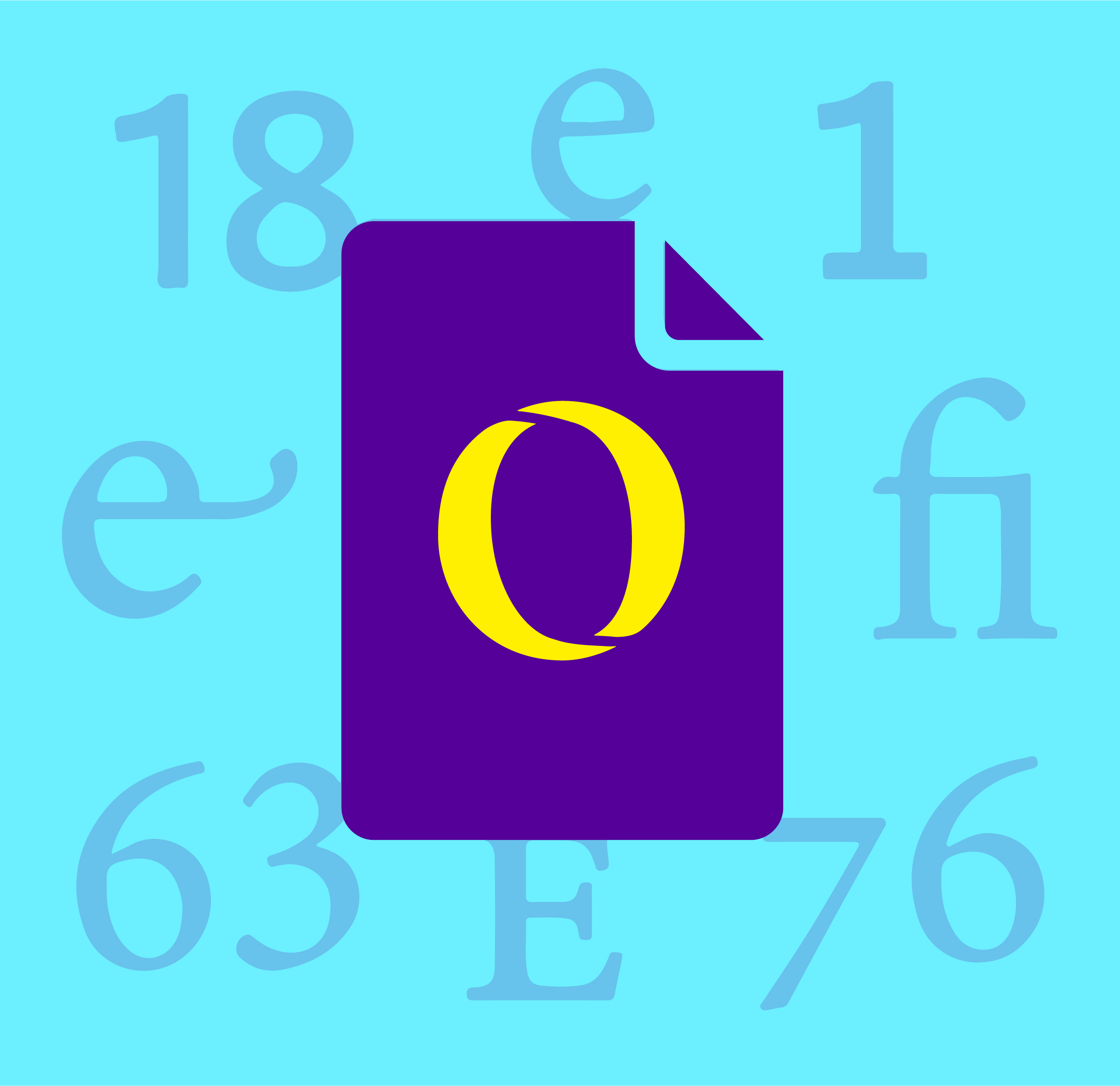Overloading the audience is probably one of the most common mistakes in marketing communications and graphic design. No matter if it is a printed brochure or report design, a website design or a mobile app interface, if the user/audience is presented with too much information at any given time, they become confused and don’t understand. The anxiety that is created causes them to flee the situation. We lose. The website visitor left the site and the direct mail piece landed in the trash.
Managing Attention using Hierarchy and Graphic Design Tools
As graphic designers we prevent this problem. We don’t let the audience look at everything at once. Leveraging hierarchy, information architecture, and design elements such as color, typography and infographics, we manage the viewer’s attention. We create a path for the eye to flow through the content: look at only the most important elements first (treat them bold and loud), then secondary items followed by the least important ones (design them so they visually recede). Like a conductor in a symphony, we arrange the content so the audience can follow.
Reducing Visual Noise
An important element in the “orchestra” is negative space. The eye needs areas of rest, so it can focus on the provided content. Negative space reduces distracting visual noise and visual intimidation.
Developing Content for Graphic Design
Designers can make a lot of content manageable by creating the appropriate hierarchy However, it starts with the writing. Marketers and writers should keep the “load” in mind that their audience can comfortably handle.




